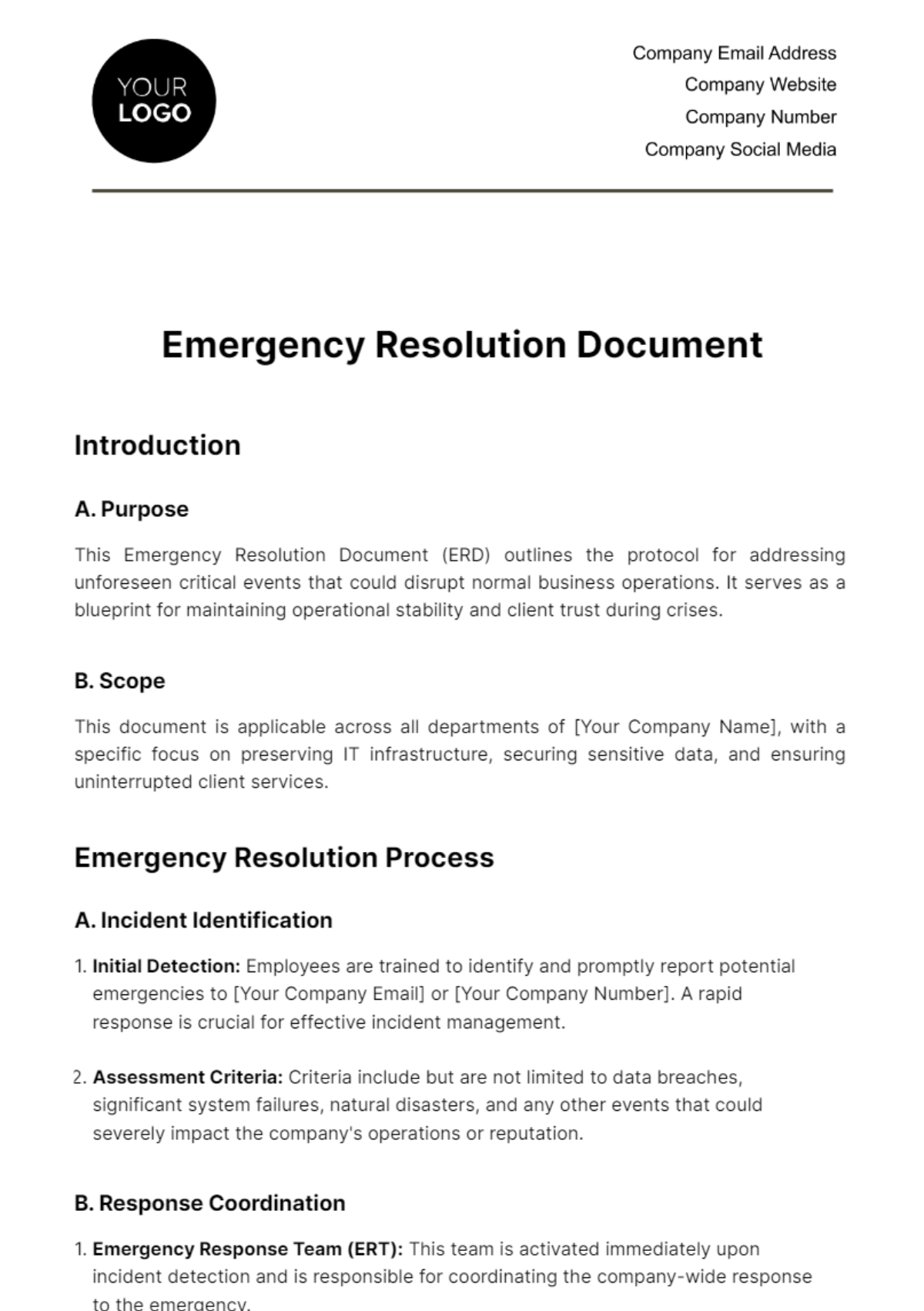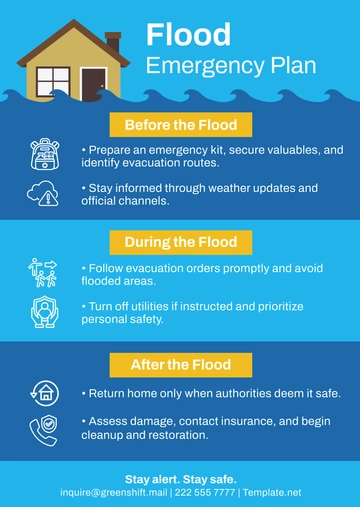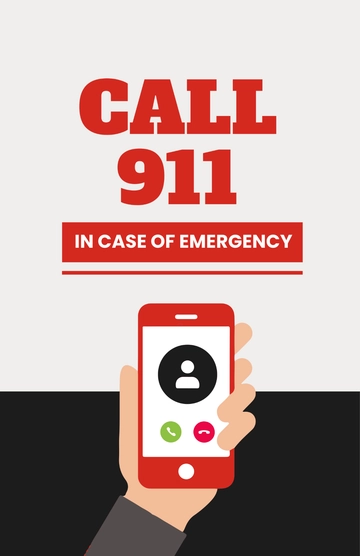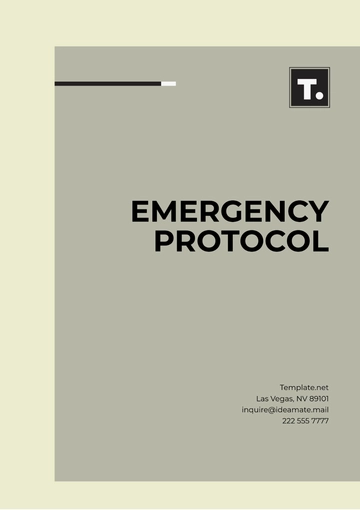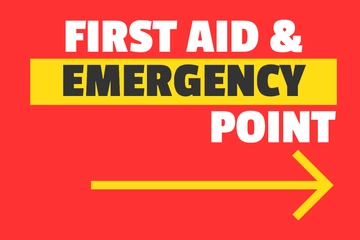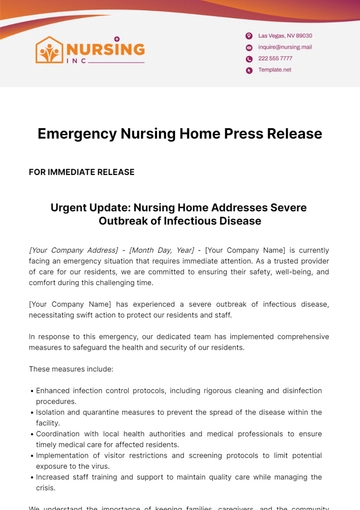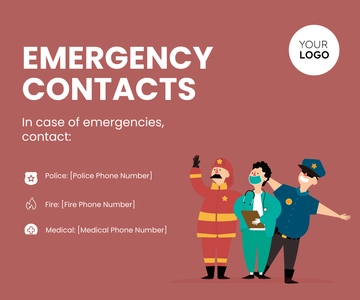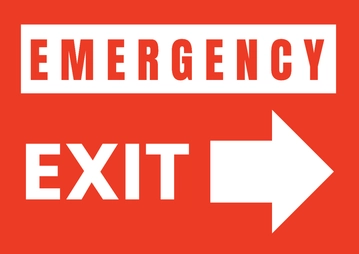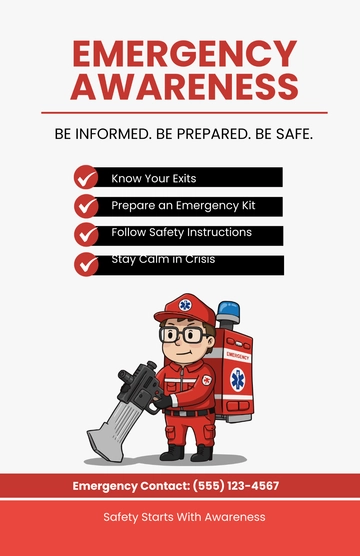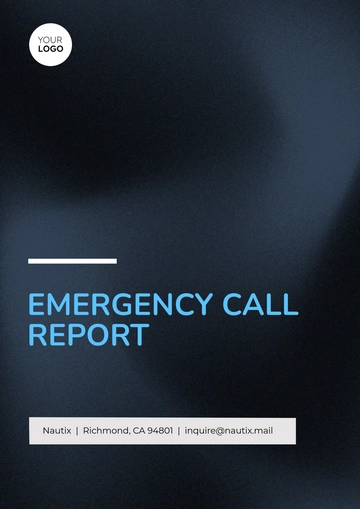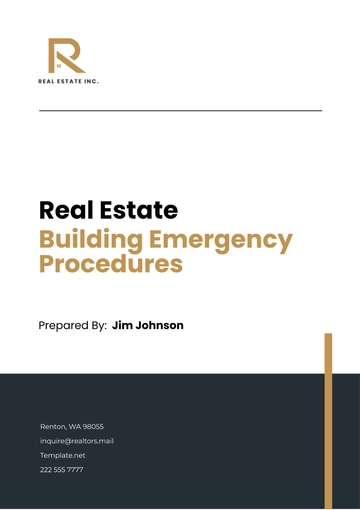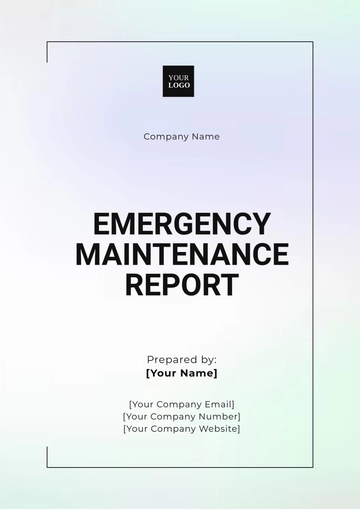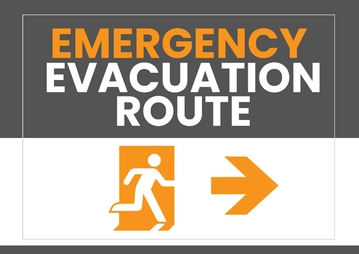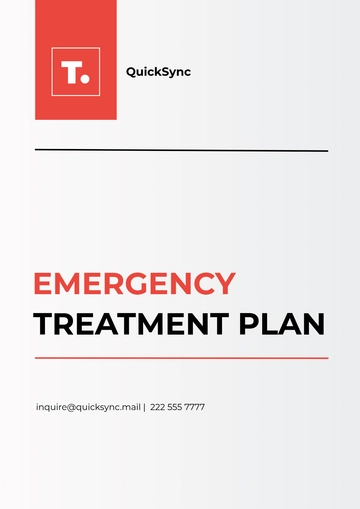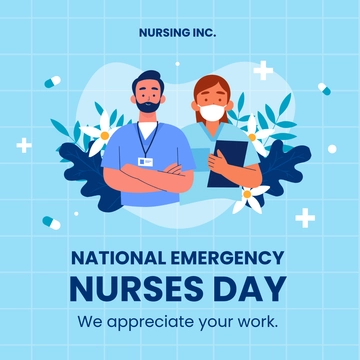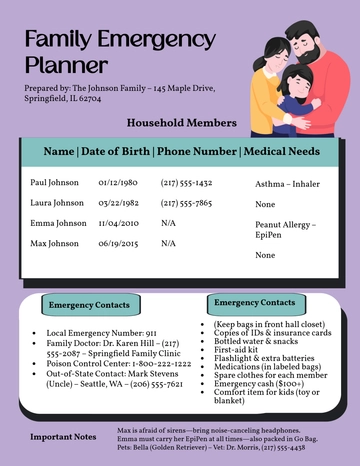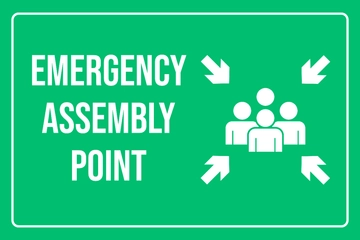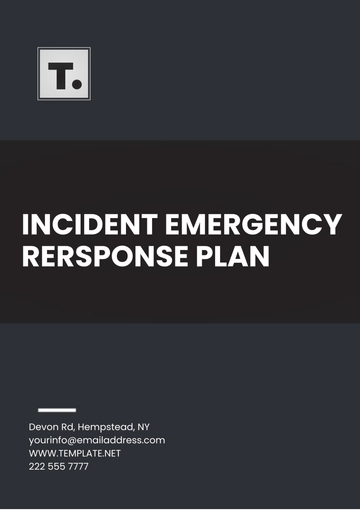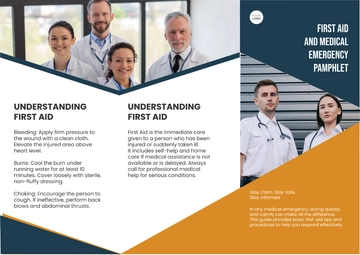Emergency Resolution Document
Introduction
A. Purpose
This Emergency Resolution Document (ERD) outlines the protocol for addressing unforeseen critical events that could disrupt normal business operations. It serves as a blueprint for maintaining operational stability and client trust during crises.
B. Scope
This document is applicable across all departments of [Your Company Name], with a specific focus on preserving IT infrastructure, securing sensitive data, and ensuring uninterrupted client services.
Emergency Resolution Process
A. Incident Identification
Initial Detection: Employees are trained to identify and promptly report potential emergencies to [Your Company Email] or [Your Company Number]. A rapid response is crucial for effective incident management.
Assessment Criteria: Criteria include but are not limited to data breaches, significant system failures, natural disasters, and any other events that could severely impact the company's operations or reputation.
B. Response Coordination
Emergency Response Team (ERT): This team is activated immediately upon incident detection and is responsible for coordinating the company-wide response to the emergency.
Communication Protocol: A structured communication plan ensures timely and accurate information dissemination to all relevant parties, minimizing misinformation and panic.
C. Resolution Strategies
Containment Measures: These include immediate actions like system isolation, activation of contingencies, and implementation of security protocols to prevent further damage.
Recovery and Restoration: This involves a systematic approach to restore critical services, assess damage, and return to normal operations as swiftly and safely as possible. This involves a systematic approach to restore critical services, assess damage, and return to normal operations as swiftly and safely as possible.
Roles and Responsibilities
This section delineates the specific duties and expectations for key personnel during an emergency.
Role | Responsibilities |
Chief Technology Officer | Leads technical response efforts, ensuring effective resource allocation and issue resolution. |
Head of Risk Management | Evaluates potential risks, coordinates mitigation strategies, and oversees the recovery process. |
IT Support Team | Executes technical recovery plans, conducts system diagnostics, and restores normal operations. |
Communications Officer | Manages all communication channels, ensuring clear and consistent messaging internally and externally. |
Communication Plan
A. Internal Communication
Involves immediate notification to all employees, followed by regular updates to keep the workforce informed and prepared to respond as required.
A dedicated internal communication channel will be established for continuous updates and instructions.
B. External Communication
Consists of public statements to maintain transparency with clients and stakeholders, ensuring them of the company's control and response measures.
Regular updates will be provided through the company's official channels, including [Your Company Website] and [Your Company Social Media].
Post-Emergency Evaluation
A. Incident Report
This comprehensive report captures the incident's details, the company's response, the effectiveness of the deployed strategies, and the overall impact on operations.
B. Improvement Plan
Based on the incident report, this plan suggests actionable steps for enhancing existing protocols, preventing future incidents, and improving overall emergency readiness.
Change Log
This log records all revisions made to the document, providing a transparent history of its evolution.
Revision | Date | Changes Made | Revised By |
1.0 | 06/01/2050 | Initial creation of the document. | Emily Johnson |
Health & Safety Templates @ Template.net
